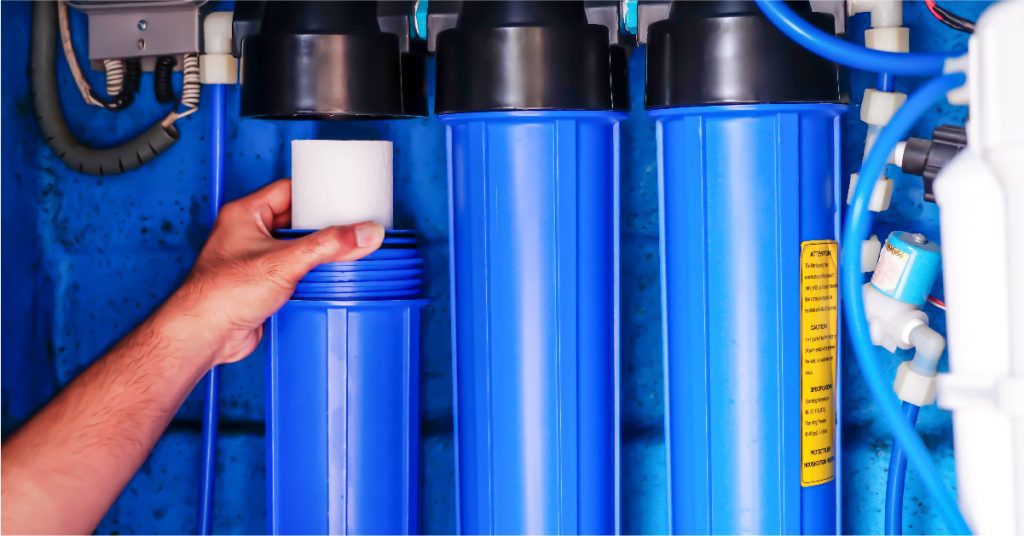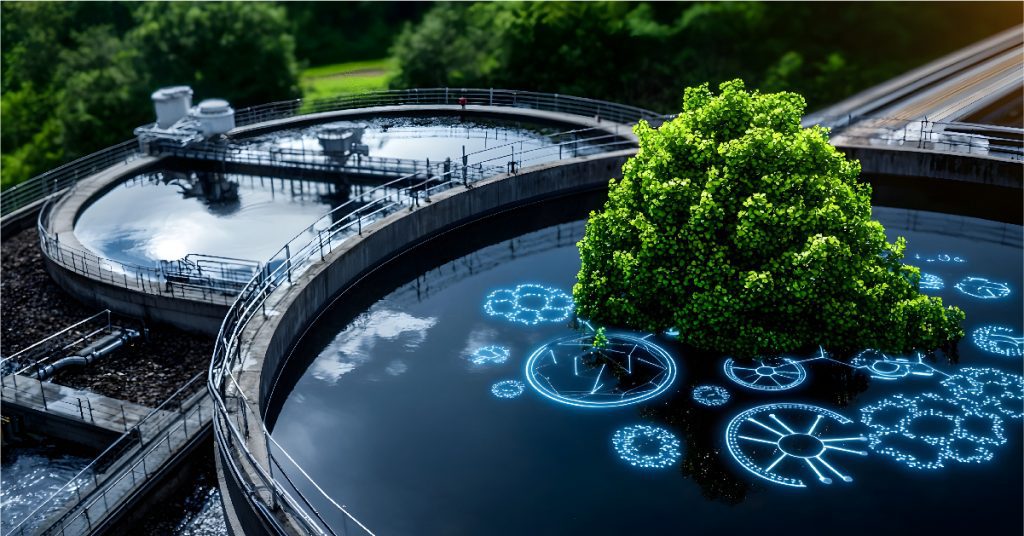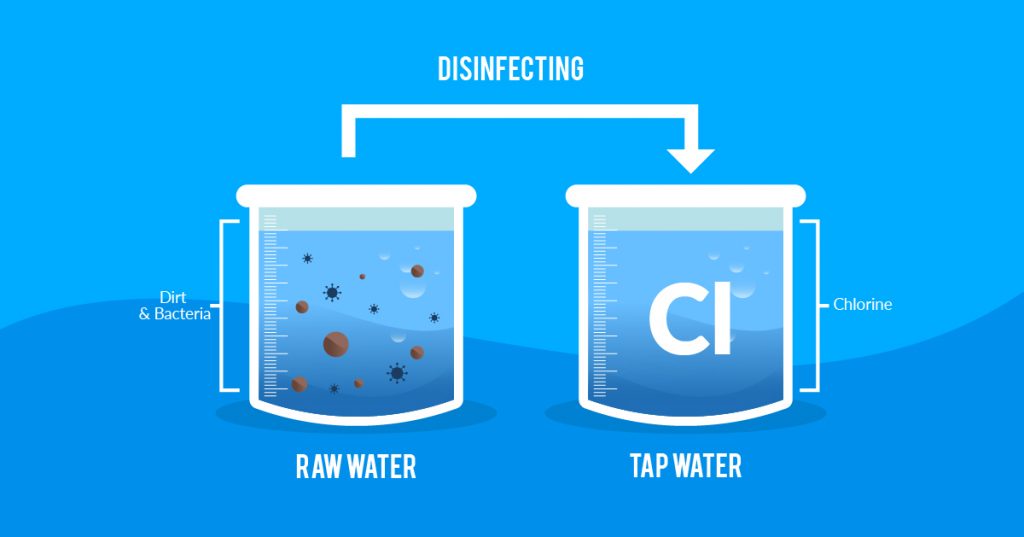From household appliances to industrial equipment, water quality plays a critical role in ensuring smooth operation, durability, and safety. In many parts of the United States, hard water—water with high mineral content, particularly calcium and magnesium—is a common concern. Over time, hard water can lead to limescale buildup, reduce the efficiency of water heaters, and affect everything from laundry to plumbing. This is where water softeners come in as a practical and reliable solution.
Understanding what is a water softener, how it works, and its benefits can help homeowners and businesses alike improve water quality, extend appliance lifespan, and save on maintenance costs.
What is a Water Softener?
A water softener is a filtration system designed to remove hardness-causing minerals from water. Hard water contains high levels of calcium and magnesium ions. While not harmful to health, these minerals can cause scale deposits in pipes, heating elements, and fixtures.
So, what is a water softener in practical terms? It’s a system that prevents the negative impacts of hard water by replacing these hardness ions with sodium or potassium ions through a process called ion exchange. The result is “soft” water that’s better for cleaning, more efficient for appliances, and gentler on your skin and clothes.
How Does a Water Softener Work?
To understand the impact of these systems, it helps to know how a water softener works. Most water softeners use an ion exchange process, which involves three key components:
- Mineral Tank
This tank contains resin beads that carry a negative charge. When hard water flows through the tank, positively charged calcium and magnesium ions attach to the beads and are replaced by sodium or potassium ions. - Brine Tank
Filled with a salt or potassium solution, this tank regenerates the resin beads by flushing out the accumulated hardness ions and recharging the beads with sodium or potassium. - Control Valve
The control valve monitors water usage and triggers regeneration when needed, ensuring the system operates efficiently without wasting resources.
Hard Water and Water Softening: The American Context
In the USA, hard water is particularly prevalent in regions like the Midwest, Southwest, and parts of the Pacific Northwest. Cities like Indianapolis, Las Vegas, and San Antonio often report very hard water levels, making water softening systems essential for daily comfort and efficiency.
The link between hard water and water softening goes beyond just preventing scale. Hard water also causes:
- Soap scum and poor lathering with detergents and shampoos
- Streaks on dishes and glassware
- Clogged plumbing and reduced water flow
- Increased energy bills due to inefficient water heaters
Benefits of Using Water Softeners
- Prevents Scaling
The primary benefit of using a water softener is the prevention of scale buildup in pipes, fixtures, and appliances. This extends the lifespan of equipment and reduces maintenance costs. - Improves Water Quality
Soft water feels smoother on the skin and leaves clothes cleaner and brighter. It also helps soap and detergents work more effectively. - Reduces Energy Bills
Scale buildup in water heaters reduces heating efficiency. Soft water maintains performance, helping save energy.
- Protects Plumbing
Hard water can corrode pipes over time. Water softeners protect plumbing systems by minimizing mineral deposits. - Saves Money
With reduced wear on appliances, lower energy usage, and less detergent needed, homeowners and businesses can save significantly over time.
Advanced Home Water Softening Solution by Ion Exchange, USA
The ZERO B Duplex Water Softener is the USA’s first truly automatic softener designed specifically for homes, delivering a continuous output of 2000 litres per hour of softened water—even during regeneration. This compact and elegant solution offers several innovations over conventional industrial softeners typically repurposed for domestic use.
Featuring a hands-free design and microcontroller-based intelligent functions, it ensures efficient performance while minimizing salt consumption through optimized salt charging levels. With a long product life supported by a 15-stage chart that delivers clean and healthy water, the softener also eliminates the need for a separate regeneration pump, saving both energy and cost. Its user-friendly interface, lightweight build (55kg), and compact dimensions (71cm x 37cm x 77cm) make it ideal for use in bungalows, laundries, hotels, clubs, jacuzzis, and home spas—ensuring reliable pre-treatment for both hot and cold water applications.
Conclusion
Water quality affects everything—from household comfort to industrial performance. In areas with hard water, water softeners offer a practical solution to protect infrastructure, improve efficiency, and enhance everyday living. By understanding what is a water softener, how does a water softener work, and the direct relationship between hard water and water softening, it becomes clear why these systems are a wise investment for many Americans.





